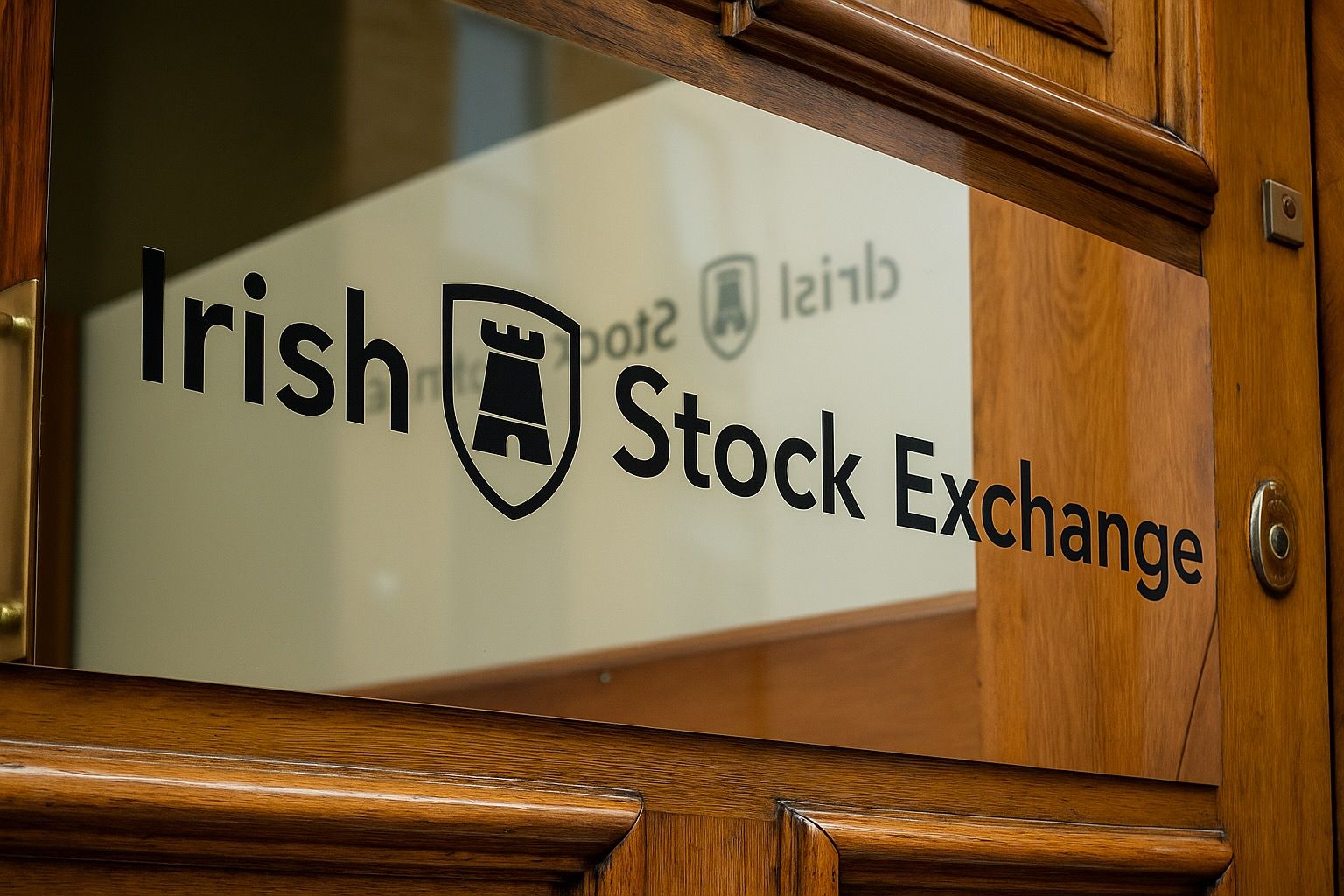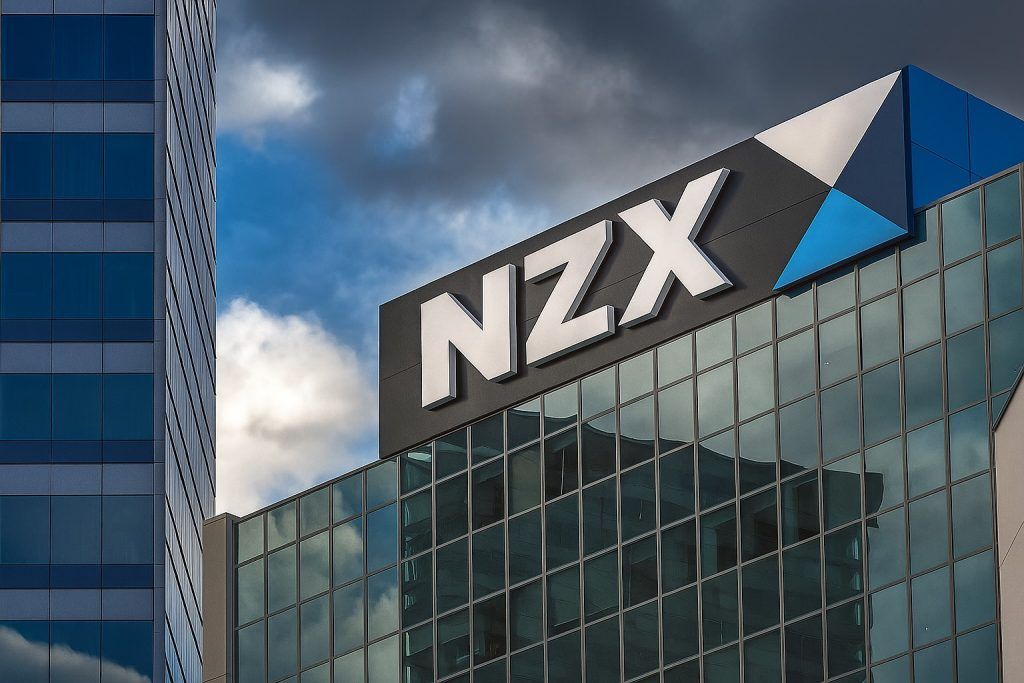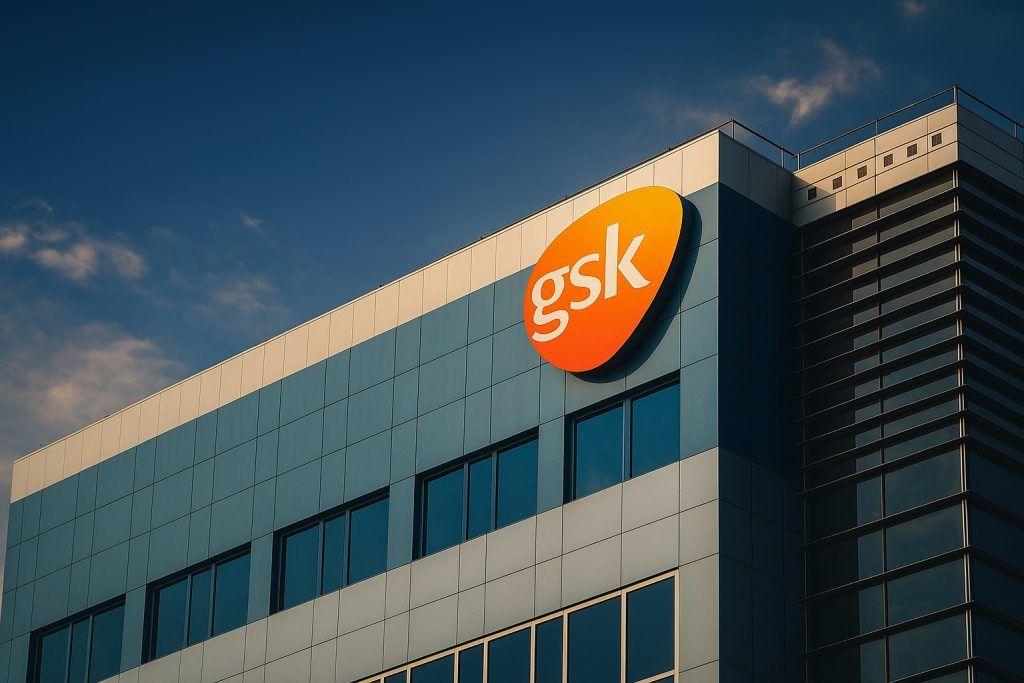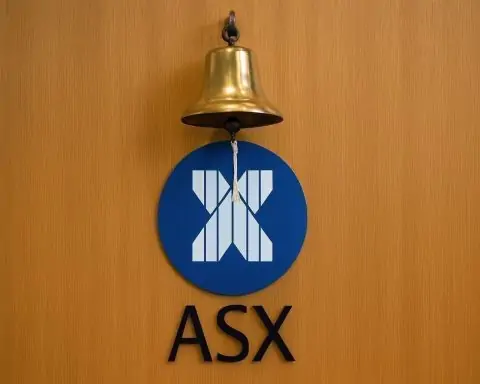As trading in Irish equities resumes on Monday, 17 November 2025, investors are coming back from a week where global stocks sold off, bond yields climbed and tech valuations were sharply reassessed, all while Dublin’s market pulled back from record highs. Here’s your full pre‑open briefing on the Ireland stock market, the ISEQ All‑Share and key Irish stocks before the bell.
1. When the Irish market opens – and why the timing matters
Euronext Dublin – home of the ISEQ indices – is scheduled to trade as normal on Monday:
- Main session: roughly 08:00–16:28/16:30 Dublin time
- Pre‑market indications: some data vendors show indicative prices from around 06:30
- Post‑market: limited activity to about 17:15 on certain platforms [1]
For traders running books across London and the continent, that means Ireland opens alongside the LSE and most core European markets, so overnight moves in Asia, early European futures and any surprise weekend headlines are likely to be priced in almost immediately.
2. Snapshot: How the ISEQ closed on Friday
Before thinking about Monday, anchor yourself in Friday’s close (14 November 2025):
- ISEQ All‑Share:12,365.36, down 1.35% on the day
- The index traded between 12,256.79 and 12,530.62 during the session. [2]
Over the past two weeks, the index is still higher – it stood at 11,877.95 on 31 October – meaning it has gained just over 4% since month‑end, even after the late‑week wobble. [3]
A Dublin market wrap from The Irish Times notes that on Friday the ISEQ fell in line with broader European weakness as investors scaled back hopes of imminent US rate cuts and digested UK fiscal worries. Irish banks were mixed, with AIB and Bank of Ireland easing, while Permanent TSB (PTSB) gained after news around loan sales and its ongoing strategic review. [4]
In short: Ireland is pulling back from record territory, not collapsing – but the tone into Monday is cautious rather than euphoric.
3. The structure of today’s Irish market: banks and travel at the core
Dublin’s equity market has changed dramatically over the past few years:
- CRH, Flutter Entertainment and Smurfit Kappa / Smurfit WestRock have all shifted their primary listings to the US, eroding Dublin’s roster of global heavyweights. [5]
- As a result, the ISEQ is now heavily tilted toward domestically focused banks and select industrials and consumer names. TechStock²+1
A recent Dublin wrap highlighted how:
- AIB Group is up around 60%+ year‑on‑year in 2025, powered by strong profits, a revived dividend and the State’s near‑complete withdrawal as a shareholder. TechStock²+2London Stock Exchange+2
- Bank of Ireland has also posted hefty double‑digit gains over the past year, helped by robust net interest income and ongoing distributions. TechStock²+2Investor Relations+2
- Ryanair remains one of the most influential non‑financials in the index, benefiting from resilient travel demand. TechStock²+1
Because of this concentrated sector mix, Monday’s open is likely to hinge on three big storylines:
- Irish banks and the evolving State exit, especially PTSB
- Ryanair and the travel/consumer outlook
- Global macro factors (rates, FX, tech sentiment) feeding into risk appetite
4. Irish banks: upgraded ratings, State exits and a live sale process
Credit ratings and profitability
On 6 November 2025, a major rating agency upgraded its ratings on several Irish banks, including AIB and Bank of Ireland, citing “solid risk‑adjusted profitability”, healthy balance sheets and efficiency gains, with stable outlooks. [6]
This supports the narrative that Irish banks have moved from post‑crisis repair mode to capital‑return mode, underpinning their strong share‑price performance this year.
AIB and Bank of Ireland: strong recent updates
- AIB published a Q3 2025 trading update in early November, flagging a “strong Q3 performance” and confirming it feels well‑positioned for the rest of the year, with robust net interest income and capital ratios. [7]
- Bank of Ireland’s Q3 interim management statement on 29 October reported net interest income slightly ahead of expectations and reiterated a positive outlook into 2026. [8]
These updates leave both names sensitive to any shift in rate expectations or credit‑risk sentiment at Monday’s open.
Permanent TSB: the last State‑owned bank is on the block
Permanent TSB, still majority‑owned by the Irish State (c.57%), has formally put itself up for sale, giving the Government a path to exit its last major bank holding after previous disposals of AIB and Bank of Ireland. [9]
Latest reporting suggests:
- Several European banks, including Belgium’s KBC and Spanish groups Bankinter and BBVA, have distanced themselves from bidding. [10]
- Attention has turned to private‑equity buyers and Austria’s BAWAG as more realistic suitors. [11]
- Brokerage Goodbody recently raised its PTSB price target to €4.23, expecting cost savings from headcount reductions rather than large branch cuts. [12]
PTSB shares have already rallied on the sale news; any fresh leak or bidder rumor before the bell could make it one of the most volatile Irish names on Monday.
5. Ryanair: record profits, higher dividend and capacity shifts
On 3 November, Ryanair reported:
- H1 net profit up 42% to €2.54bn
- Q2 profit up 20% to €1.72bn
- Passenger numbers up 3% to 119m
- Average fares up 13%, lifting revenue by a similar margin
- An interim dividend of €0.193 per share, payable in February 2026 [13]
Management also nudged up its full‑year traffic forecast to around 207m passengers, helped by somewhat earlier‑than‑expected Boeing deliveries. [14]
The key takeaways heading into Monday:
- Earnings momentum remains strong despite a patchy European macro backdrop.
- Ryanair continues to redirect capacity towards markets with lower taxes and better incentives, reducing exposure to higher‑cost airports in parts of Germany, Austria and Spain. [15]
- As one of the ISEQ’s few big international growth stories, the stock may trade as a proxy for European consumer confidence and travel demand.
Any overnight move in oil prices, news on Boeing deliveries or headlines on European travel restrictions/fees could influence sentiment in the name at the open.
6. Global backdrop: a tech‑led sell‑off and fading Fed rate‑cut hopes
Friday’s weakness in Dublin didn’t happen in a vacuum.
Global equities under pressure
According to Reuters and other global outlets:
- A broad global equity index fell on Friday as investors cut back expectations of a near‑term US Federal Reserve rate cut, driving bond yields higher. [16]
- European stocks finished the week in the red, with concerns about lofty tech valuations and the chance that the Fed stays restrictive for longer. [17]
- Asian markets on Friday also tracked Wall Street lower as the tech sell‑off rippled across regions. [18]
A separate live blog from Reuters described a global sell‑off driven by worries over AI‑linked tech names and doubts about the Fed’s next move, which spilled into US trading late in the week. [19]
What this means for Ireland
Although the ISEQ is not a tech‑heavy index, global risk‑off episodes typically hit:
- Financials, via widening credit spreads and changing rate expectations
- Cyclicals such as building materials, construction and travel
- Smaller, less liquid names, which can see outsized price moves on thin volumes
If global equity futures stay fragile into Monday morning, expect Irish cyclical and growth stocks to open on the back foot, even if their fundamentals haven’t changed over the weekend.
7. Rates and inflation: ECB pause, Irish prices rising again
Euro‑area policy: “higher for longer” bias
Recent comments from ECB policymakers suggest they are more confident about both inflation and growth, and see little near‑term need for further rate cuts, reinforcing a broadly stable policy stance into year‑end. [20]
Markets now ascribe only a modest probability to an ECB cut by mid‑2026, implying that euro‑zone rates are likely to remain around current levels for an extended period. [21]
This backdrop is generally:
- Supportive for bank margins, as higher policy rates keep lending spreads healthy
- A headwind for long‑duration assets (high‑growth stocks, rate‑sensitive real estate)
Irish inflation back near 3%
On the domestic side, a business digest from The Irish Times reports that Irish consumer prices rose 2.9% year‑on‑year in October, the highest rate since March of the previous year, with a further uptick expected in November. [22]
Persistent – though moderate – inflation plus a steady ECB stance matter because:
- They lock in elevated mortgage and corporate borrowing costs for longer, which can benefit bank earnings but squeeze consumers. [23]
- They shape expectations for wage growth and domestic demand, important for Irish retailers, builders and service companies.
ECB speakers in the spotlight on Monday
The week kicks off with a heavy central‑bank speaking schedule:
- Luis de Guindos, ECB Vice‑President, is due to give the opening speech at Euro Finance Week in Frankfurt on Monday morning. [24]
- Philip Lane, the ECB’s Chief Economist and a key voice on policy, is set to deliver a lecture on the ECB’s monetary policy at the University of Galway later that afternoon. [25]
Any hint of a change in tone – for example, stronger concern about growth or, conversely, more hawkish remarks on inflation – could move euro‑zone bond yields and the euro, feeding directly into Irish financials at the open.
8. FX: euro, sterling and the external angle for Irish stocks
Fresh data from Euronext Dublin’s live market page shows:
- EUR/USD around 1.16
- EUR/GBP close to 0.88 [26]
Recent reporting highlights that:
- The euro has been trading above its monthly lows versus the dollar, with traders watching US data and Fed commentary for direction. [27]
- Sterling has had a weak spell, logging its worst week in months against the dollar amid UK fiscal uncertainty and softer growth data. [28]
For Irish equities, FX matters because:
- A stronger euro can cap euro‑translated earnings for exporters but reduce imported‑inflation pressures, a mixed bag for margins.
- EUR/GBP levels are closely watched by companies heavily exposed to the UK, including Ryanair, food producers and some retailers.
If Monday brings any surprise US data or central‑bank rhetoric that jolts the dollar, expect currency‑sensitive Irish names to move quickly at the open.
9. The week ahead: macro calendar that could move Irish markets
Several high‑impact data releases and events are scheduled for the week of 17–21 November:
- Monday (17 Nov)
- Wednesday
- Minutes from the Fed’s October FOMC meeting, likely to shed light on internal debates about the timing of eventual rate cuts. [31]
- Thursday
- People’s Bank of China rate decision, important for global growth sentiment and commodity‑linked stocks. [32]
- Friday
- Flash PMIs for the euro zone, Germany, France, the UK and the US, giving a real‑time snapshot of growth momentum heading into year‑end. [33]
Investors in Irish equities will not only watch the numbers themselves but also how they feed into Fed and ECB expectations, which in turn drive bond yields, FX and bank valuations.
10. Structural story: Dublin’s shrinking big‑cap roster, but resilient indices
It’s worth keeping the bigger structural context in mind:
- Euronext Dublin has lost roughly half its equity trading volume in recent years as CRH, Flutter and Smurfit Kappa shifted primary listings abroad. [34]
- The exchange has responded by pitching itself as a “centre of excellence” for debt and funds listings and exploring a new “springboard” market to attract smaller Irish growth companies. [35]
- Despite the exodus, the ISEQ has pushed to record or near‑record highs in early November 2025, fuelled by domestic banks and resilient travel and industrial names. [36]
From an investor’s point of view, this means:
- Dublin is increasingly a play on the Irish domestic economy and the Irish banking system, rather than a broad proxy for global Irish‑headquartered multinationals (many of which now trade primarily in New York or London).
- Liquidity is concentrated in fewer names, which can amplify short‑term moves around earnings, macro data and political headlines.
11. Sectors and themes to watch at Monday’s open
Putting it all together, here are the key areas to focus on before 08:00:
1. Banks (AIB, Bank of Ireland, PTSB)
Bullish forces:
- Upgraded credit ratings and solid Q3 updates [37]
- Still‑favourable rate environment for net interest margins [38]
Bearish/risk forces:
- Global risk‑off sentiment and higher bond yields can weigh on financials’ valuations. [39]
- Uncertainty over PTSB’s sale price and potential buyers. [40]
Watch for: Any overnight commentary on ECB policy, Irish housing and mortgage trends, or new PTSB bidder speculation.
2. Travel and consumer (Ryanair and discretionary names)
Ryanair comes into the week with very strong H1 numbers and a higher traffic outlook, but travel stocks are sensitive to:
- Moves in jet fuel and oil prices
- Signs of consumer‑spending fatigue in Europe
- FX swings, particularly EUR/GBP, given the UK’s importance to Irish tourism and outbound travel [41]
Watch for: Overnight oil headlines, any airline‑specific newsflow and global risk sentiment.
3. Construction, building materials and property
While giant CRH no longer trades in Dublin, the ISEQ still includes homebuilders and building‑products groups whose fortunes are tied to:
- Irish housing activity and planning trends
- Funding costs and bank appetite for mortgage and development lending
- Any change in the narrative around Irish property prices and commercial real estate [42]
Watch for: Domestic housing or planning headlines, and any sudden widening in credit spreads that might hurt property valuations.
4. Defensive income names and small caps
With global markets jittery, investors may rotate toward:
- Defensive, dividend‑paying Irish stocks (utilities, some food and consumer staples)
- Select small‑cap plays that look relatively insulated from global tech and AI volatility
But thin liquidity can cut both ways: bids can vanish quickly if Monday’s mood turns sharply risk‑off.
12. Pre‑open checklist for Ireland on 17 November 2025
If you’re following the Ireland stock market open, here’s a practical checklist to run through before the bell:
- Check global futures
- Where are Euro Stoxx 50, FTSE 100 and US S&P 500 futures trading relative to Friday’s close, after the recent global sell‑off? [43]
- Look at bond yields and rate‑cut pricing
- Have US Treasury and German Bund yields moved higher or lower overnight?
- Has the market meaningfully changed its Fed or ECB cut expectations versus Friday? [44]
- Scan FX levels
- Is EUR/USD still around 1.16 and EUR/GBP near 0.88, or has there been a risk‑driven break? [45]
- Review Irish bank and PTSB headlines
- Any weekend statements from the Department of Finance, leaks on PTSB bidders, or fresh analyst notes changing targets for AIB/BoI/PTS? [46]
- Check Ryanair and travel news
- Updates on Boeing deliveries, air passenger data, or new route/tax announcements across Europe. [47]
- Note Monday’s central‑bank calendar
- Timing of speeches from ECB’s de Guindos and Lane, plus early hints about the Fed minutes due later in the week. [48]
- Watch domestic macro headlines
- Any early leak or commentary on Irish inflation for November, housing policy or fiscal measures that could shift the macro narrative. [49]
Final word (and a quick disclaimer)
Ireland heads into Monday’s session with:
- A still‑elevated ISEQ,
- Banks and Ryanair doing much of the heavy lifting, and
- A global backdrop dominated by rate uncertainty and tech‑stock nerves.
As always, this pre‑open briefing is informational only and not investment advice. Market conditions can change quickly once trading starts, so any strategy should reflect your own risk tolerance, time horizon and, ideally, independent professional advice.
References
1. www.tradinghours.com, 2. www.investing.com, 3. www.investing.com, 4. www.irishtimes.com, 5. brophygillespie.ie, 6. aib.ie, 7. www.londonstockexchange.com, 8. investorrelations.bankofireland.com, 9. www.rte.ie, 10. www.thetimes.com, 11. www.thetimes.com, 12. www.thetimes.com, 13. corporate.ryanair.com, 14. www.reuters.com, 15. cincodias.elpais.com, 16. www.reuters.com, 17. www.nasdaq.com, 18. www.nasdaq.com, 19. www.reuters.com, 20. www.reuters.com, 21. www.reuters.com, 22. www.irishtimes.com, 23. www.thetimes.com, 24. ieu-monitoring.com, 25. www.ecb.europa.eu, 26. live.euronext.com, 27. www.exchangerates.org.uk, 28. www.reuters.com, 29. www.litefinance.org, 30. www.scotiabank.com, 31. www.litefinance.org, 32. www.litefinance.org, 33. www.spglobal.com, 34. www.linkedin.com, 35. www.irishexaminer.com, 36. www.investing.com, 37. aib.ie, 38. www.reuters.com, 39. www.reuters.com, 40. www.thetimes.com, 41. corporate.ryanair.com, 42. www.irishtimes.com, 43. www.reuters.com, 44. www.reuters.com, 45. live.euronext.com, 46. www.thetimes.com, 47. www.reuters.com, 48. www.ecb.europa.eu, 49. www.irishtimes.com








